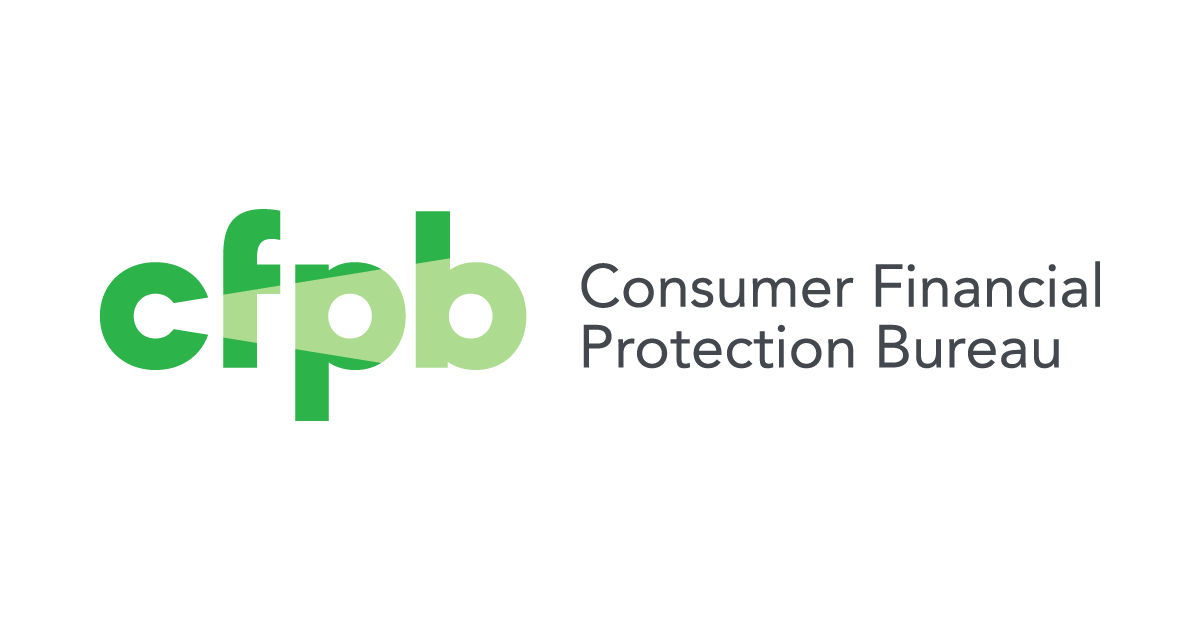One-Page Form Makes Student Loan Costs Clear Upfront
WASHINGTON, D.C. – The Consumer Financial Protection Bureau and the Department of Education have teamed up to launch a new Know Before You Owe project aimed at creating a “financial aid shopping sheet,” which colleges and universities could use to help students better understand the type and amount of aid they qualify for and easily compare aid packages offered by different institutions.
The draft shopping sheet – a model financial aid disclosure form – makes the costs and risks of student loans clear upfront, before students have enrolled, outlining their total estimated student loan debt and monthly loan payments after graduation.
The financial aid shopping sheet is available at https://consumerfinance.gov/students/knowbeforeyouowe.
“Student loans are one of the best examples of how credit can make lives better and help people achieve the American dream,” said Raj Date, Special Advisor to the Secretary of the Treasury for the CFPB. “But in these tough economic times, the stakes have never been higher for students and their families to clearly understand the costs and risks of student loans. Having a simple, one-page financial aid shopping sheet would help students compare offers and choose the one that’s right for them.”
“Choosing the right college is a complicated decision for students and families,” said U.S. Secretary of Education Arne Duncan. “We want to provide them with helpful data so they can make an informed decision about where to enroll and how much debt to take on. And we want ideas on how to improve the form, which is why we are encouraging students and families to go online and give us their feedback.”
Student loans have eclipsed credit cards as the number one source of U.S. household debt outside of mortgages. In part, this is because more students are accessing higher education. But it’s also because tuition is increasing. At public colleges, tuition and fees are increasing by an average of 5.6 percent per year beyond the rate of general inflation. While federal funding for Pell Grants and education tax credits has kept net prices – what students ultimately pay after grants and scholarships – relatively steady, many students are covering these rising tuition costs by taking on more debt.
The complex and confusing financial aid process makes it difficult for students to understand college costs, evaluate loan options, and figure out how much debt to take on. Currently, prospective students too often receive jargon-laden financial aid award letters using inconsistent terms and calculations, making it hard to compare them side by side. Information about the total debt, interest, and monthly payments of student loans may not be clear or may not be included at all. This may be an important reason why many students are choosing higher-priced private loans before exhausting subsidized federal loan options. Or students and their families may resort to credit cards and other debt products when better options are available.
With a financial aid shopping sheet, students and their families get important information before they make their final college selection. The draft form released today includes:
- The total cost of attendance, including tuition, fees, and other expenses
- Clear distinction between scholarships and loans
- Upfront listing of federal loans available to the student
- Total estimated student loan debt at graduation
- Estimated monthly debt payments after graduation
To ensure that the financial aid shopping sheet is helpful to students and their families, the CFPB is putting it online and will provide the public with an opportunity to rank items in order of usefulness. The CFPB and Department of Education will use the feedback on this draft version to improve the shopping sheet. The Department of Education plans to publish a model form that schools could use to provide clear student loan and financial aid information to prospective students.
The Know Before You Owe student loan project is part of the CFPB’s efforts to bring transparency into the student lending market, and is part of the Department of Education’s strategy for helping students and families make informed decisions about pursuing and paying for college.
The CFPB is also working to educate students and their families on their options for paying back their federal and private loans after graduation. This week, the consumer agency released the Student Debt Repayment Assistant, an online tool that provides borrowers, many of whom may be struggling with repayment, with information on income-based repayment, deferments, alternative payment programs, and much more.
The Student Debt Repayment Assistant is available at https://consumerfinance.gov/students/repay.
Under the Dodd-Frank Wall Street Reform and Consumer Protection Act, the CFPB will have the authority to supervise nonbank private student lenders, write rules under federal consumer financial laws impacting student loans, and establish a private education loan ombudsman.
The CFPB plans to release a Notice and Request for Information in the coming weeks asking the public, including the student loan industry, to provide information about the private student loan market – one of the least understood consumer credit markets. The Bureau will use this information to prioritize consumer education and policy efforts. It will also inform the report on private student loans that the CFPB and the Department of Education are required to submit to Congress by July 2012.
Official news published at https://www.consumerfinance.gov/about-us/newsroom/consumer-financial-protection-bureau-and-department-of-education-partner-on-new-financial-aid-shopping-sheet/
Images courtesy of PixaBay
The post CFPB and Department of Education Partner on New Financial Aid Shopping Sheet first appeared on RSVTV news.
originally published at Finance - RSVTV news

